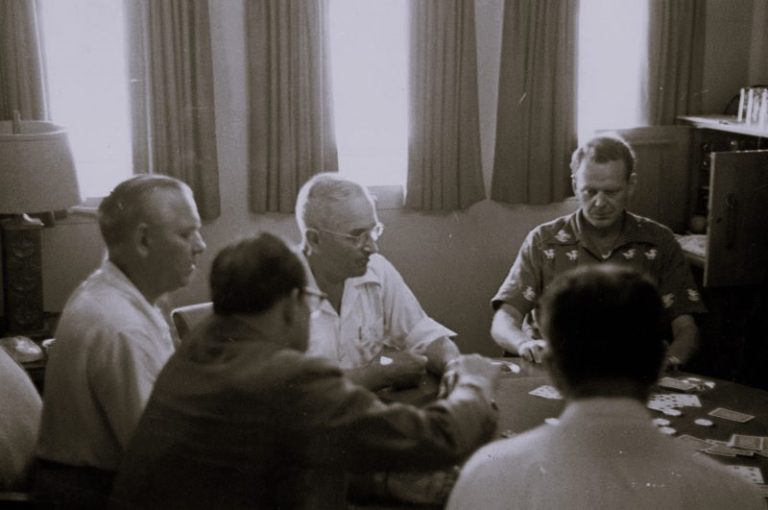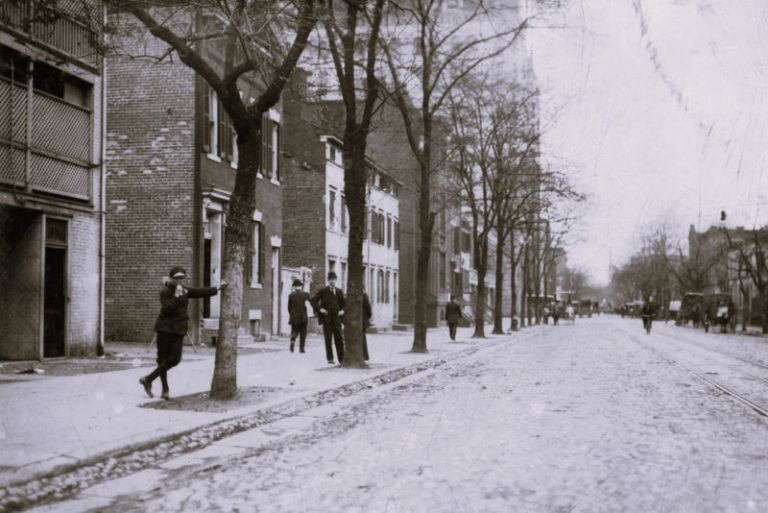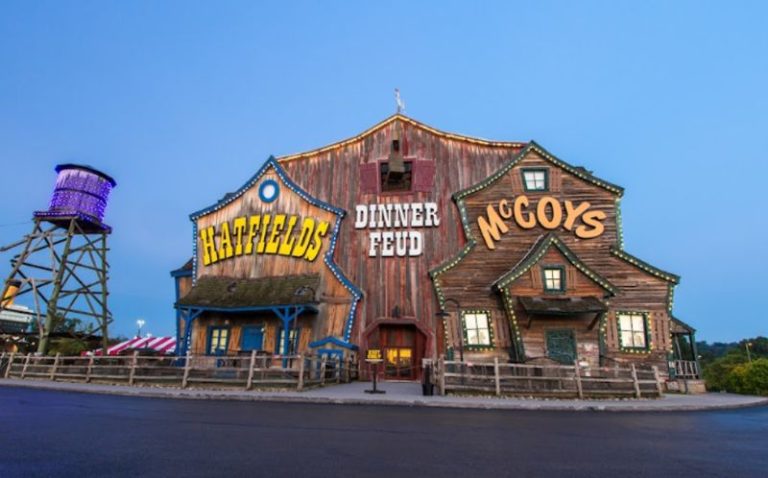

California has a long history of gambling, characterized by a confluence of societal pressures, legal disputes, and cultural influences. California’s rich gambling history highlights iconic venues and cultural milestones. For modern players, exploring NV casino bonus offers exciting incentives and exclusive promotions to elevate their gaming experience.
Gambling provides valuable insights into its current landscape from the Gold Rush days to the bustling casinos of today. The state’s journey with gambling is a tale of highs and lows, shaped by cultural shifts and legal battles.
Let’s dive into this rich history and explore how California became a gambling hotspot.
The Early Days: Gold Rush and Card Rooms
The Gold Rush Era
In the mid-1800s, the California Gold Rush brought a wave of fortune seekers to the state. With them came a love for gambling. Makeshift gambling halls sprang up in mining towns, offering games like poker and faro. These early establishments were rough and rowdy, reflecting the wild spirit of the time.
The Rise of Card Rooms
As the Gold Rush frenzy settled, gambling evolved. By the early 20th century, card rooms became popular. Unlike casinos, card rooms focused solely on card games, particularly poker. They operated in a legal gray area, often skirting strict anti-gambling laws by avoiding games of chance like roulette or slot machines. These card rooms laid the groundwork for California’s future in gambling.
Legal Battles and Regulatory Changes
Prohibition and the Crackdown
The early 20th century saw increased efforts to regulate gambling. During Prohibition, many gambling establishments were shut down or driven underground. Law enforcement cracked down on illegal operations, but this did little to curb the public’s appetite for gambling. Speakeasies and underground card rooms thrived during this period.
The Legalization Movement
Post-Prohibition, there was a push to legalize and regulate gambling. In 1933, California legalized pari-mutuel betting on horse races, marking the state’s first significant step towards regulated gambling. This move set a precedent for future legalization efforts.
The Boom of Native American Casinos
Sovereignty and Legal Loopholes
The most significant shift in California’s gambling history came with the rise of Native American casinos. The 1988 Indian Gaming Regulatory Act (IGRA) was a game-changer. This federal law allowed Native American tribes to operate casinos on their sovereign lands, provided the state allowed some form of gambling.
The Birth of Tribal Casinos
Tribal casinos began popping up across California in the 1990s. These establishments offered a variety of games, from slot machines to table games, similar to those found in Las Vegas. They provided economic opportunities for Native American communities and quickly became major players in the state’s gambling industry.
The Modern Era: A Gambling Hub
Expansion and Innovation
Today, California boasts a diverse gambling scene. The state is home to numerous Native American casinos, card rooms, and racetracks. These venues continually innovate to attract visitors, offering luxury accommodations, entertainment, and dining experiences alongside traditional gambling activities.
Legal Challenges and the Future
Despite its growth, California’s gambling industry faces ongoing legal challenges. Issues such as online gambling, sports betting, and regulatory changes keep the landscape dynamic. However, the state’s rich history and ongoing innovation suggest a bright future for California casino sites.
The Cultural Impact of Gambling in California
Economic Contributions
Gambling has significantly contributed to California’s economy. Casinos and card rooms generate billions in revenue annually. They create jobs, support local businesses, and contribute to state and local taxes. The economic impact is especially pronounced in rural areas, where casinos are often major employers.
Social and Cultural Influence
Beyond economics, gambling has left a lasting mark on California’s culture. It has influenced everything from popular media to social norms. Poker tournaments, like those held at the World Series of Poker in Las Vegas, have roots in California’s card rooms. The glitz and glamor of casino life are depicted in countless movies and TV shows, reflecting the state’s deep connection to gambling.
Conclusion: A Storied Legacy
California’s history with gambling is a tapestry of daring pioneers, legal battles, and innovative growth. From the rough-and-tumble card rooms of the Gold Rush era to the luxurious tribal casinos of today, the state’s gambling industry has come a long way. As legal landscapes evolve and new forms of gambling emerge, California’s golden age of gambling continues to shine brightly.
This journey through time highlights not only the resilience of the gambling industry but also its ability to adapt and thrive. As we look to the future, one thing is certain: gambling will remain an integral part of California’s identity, continually shaping and reflecting its dynamic culture.


